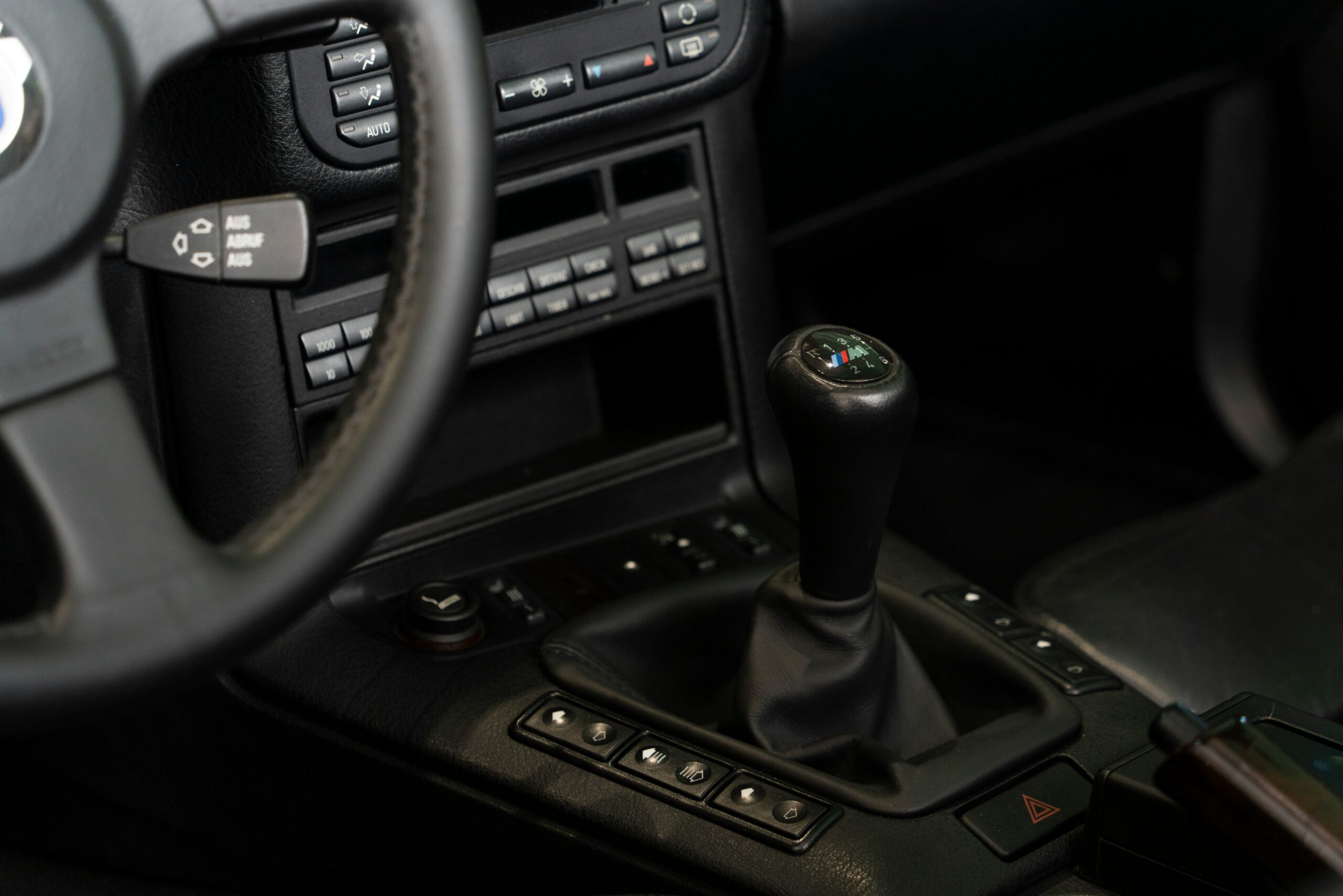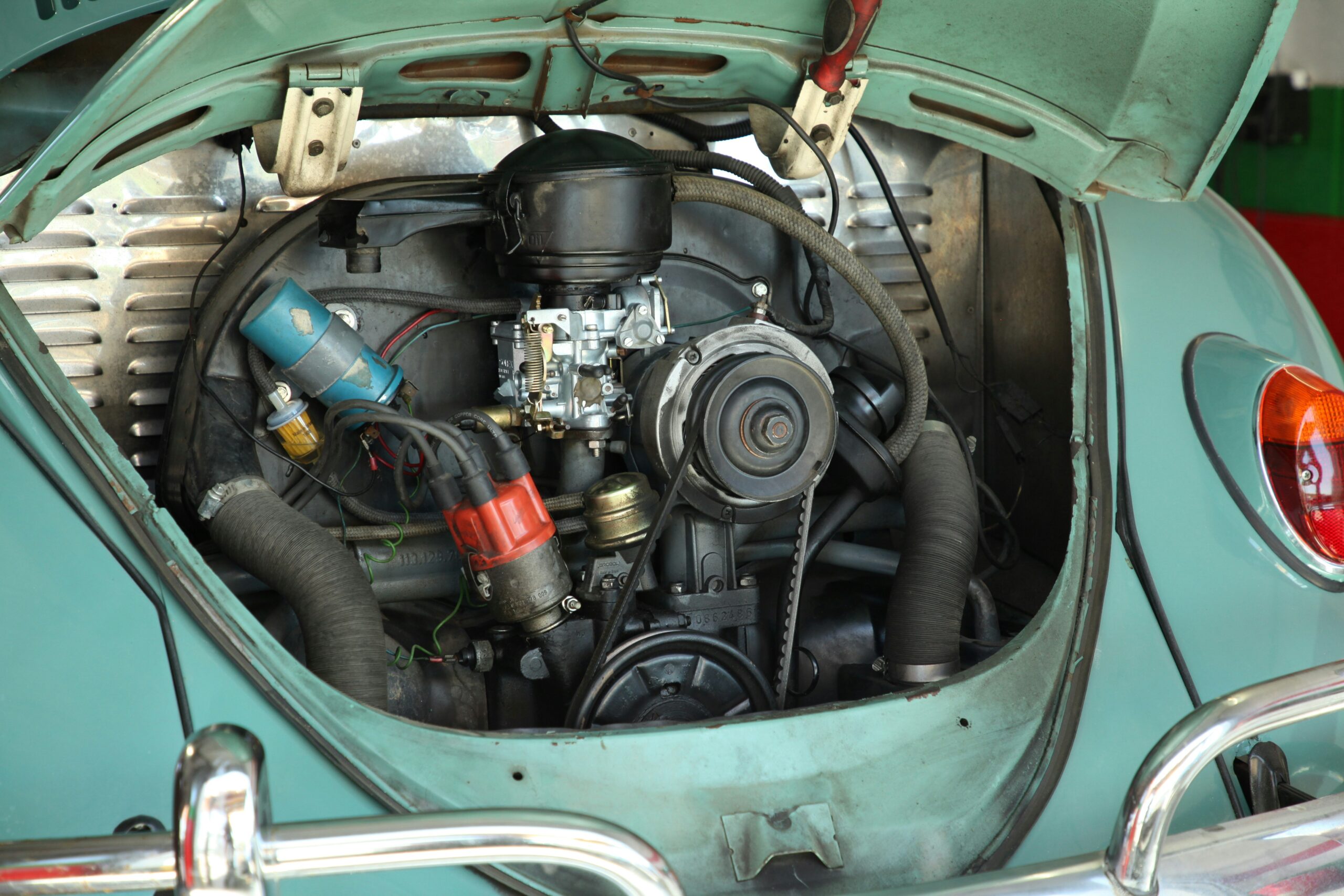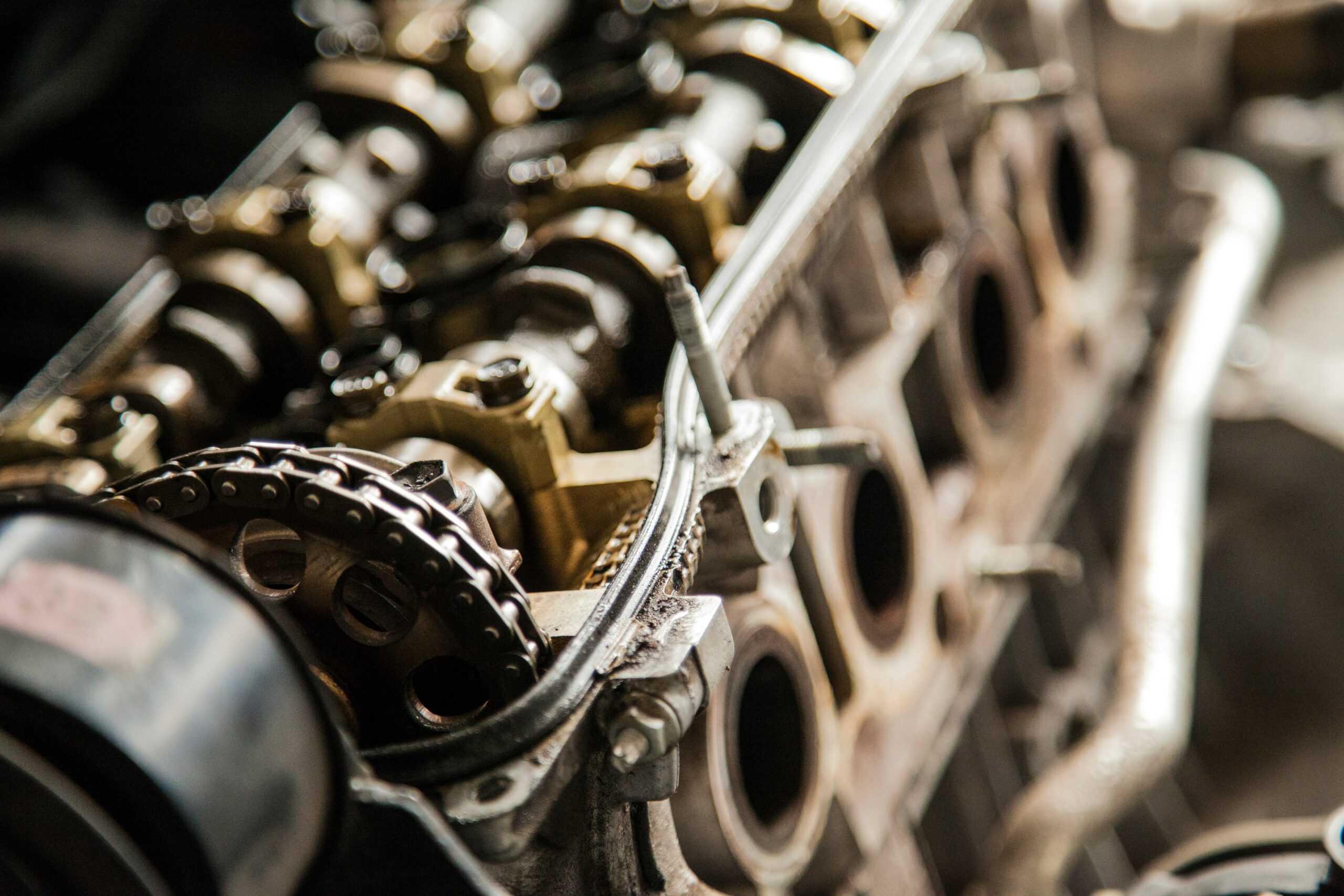- Your cart is empty
- Continue Shopping
Car Gearbox: The Heart of Power Transmission

Among the many mechanical components that make a car function well, the gearbox stands out as one of the most important. Often referred to as the transmission, the gearbox makes sure that power generated by the engine is delivered to the wheels efficiently. Without it, cars would not be able to accelerate, climb hills, or maintain fuel efficiency.
What Is a Car Gearbox?
A car gearbox is a mechanical system that adjusts engine power to match driving needs. It changes torque (rotational force) and speed by engaging different gear ratios. In simple terms, it ensures the engine runs within an optimal range while allowing the vehicle to operate at various speeds.
Types of Car Gearboxes
- Manual Gearbox
- Requires the driver to manually shift gears using a clutch pedal and gear lever.
- Offers more control and durability.
- Preferred by enthusiasts for performance driving.
- Automatic Gearbox
- Shifts gears automatically based on driving conditions.
- Easier to use in heavy traffic.
- Includes variations like torque converter, CVT (Continuously Variable Transmission), and DCT (Dual-Clutch Transmission).
- Semi-Automatic Gearbox
- Combines features of manual and automatic systems.
- Uses electronic sensors and actuators to assist in gear changes.
- Electric Vehicle (EV) Gearbox
- EVs often use a single-speed transmission due to the high torque of electric motors.
- Simplified design with fewer moving parts compared to traditional gearboxes.
Functions of a Gearbox
- Torque Conversion: Provides higher torque at low speeds and efficient performance at high speeds.
- Speed Regulation: Adjusts wheel speed for smooth acceleration and deceleration.
- Fuel Efficiency: Optimizes engine performance for better mileage.
- Driving Comfort: Ensures smooth transitions between different driving conditions.
Common Gearbox Problems
Like all car components, gearboxes are prone to wear and damage. Signs of gearbox issues include:
- Difficulty shifting gears.
- Unusual grinding or humming noises.
- Slipping gears.
- Burning smell from overheated transmission fluid.
- Leaking transmission fluid.
Maintenance Tips for Gearboxes
- Regular Fluid Checks: Transmission fluid lubricates and cools gearbox components.
- Timely Servicing: Follow manufacturer’s maintenance schedule.
- Avoid Aggressive Driving: Sudden acceleration or hard shifting strains the gearbox.
- Address Issues Early: Repair small faults before they become major breakdowns.
The Future of Car Gearboxes
With technological advancements, gearboxes are becoming smarter and more efficient. Modern cars now feature AI-assisted transmissions that learn driving patterns. Electric vehicles are reshaping gearbox design, focusing on simplicity and durability while delivering instant torque.
The car gearbox is the backbone of vehicle performance, balancing power, speed, and efficiency. Proper maintenance and timely repairs not only extend the life of the gearbox but also enhance overall vehicle performance.




